Researchers from the Center for Injury Research and Policy of the Research Institute at Nationwide Children’s Hospital in Columbus, Ohio have found that between 1997 and 2007 229,023 children under 19 were injuries serious enough for ER treatment after sledding. Considering that it is an activity that isn’t done year around, these results are a cause for concern.
The research found:
- 26% of the injuries were fractures.
- 25% were cuts and bruises.
- 51% of the injuries occurred during a collision.
- Collision injuries were most likely to result in traumatic brain injury.
- 34% of the injuries involved the head.
- 52% of the injuries occurred at a place of sports or recreation.
- 31% of injuries occurred on private property.
- 42.5% of injuries involved children aged 10 to 14.
- 59.8% of all injuries were sustained by boys.
- 4.1% of all emergency department visits required hospitalization.
- Children aged 9 and older were more likely to be injured through collisions.
- Children aged 4 and younger were more likely to be involved in accidents with vehicles.
- One third of injuries were caused by young people being pulled by motorized vehicles.
- The use of sleds that can rotate, such as disks and snow tubes, should be discouraged.
- Younger children should be supervised by parents when sledding.
The full article will appear in the September edition of Pediatrics. They are looking at suggestions such as better education and helmet use as possible remedies.
Hennepin County Medical Center , in an effort to prevent more injuries, provided the following safety tips last season:
- Choose designated sledding hills with a gentle slope and long run-off area; avoid steep hills
- Avoid ice-covered hills
- Stay away from roads, lakes, rivers, heavily wooded areas, parking lots, etc.
- Make sure the sliding area is free of obstacles
- Be aware of others sliding on the hill
- Dress appropriately – layers are best because they can also help “cushion” any falls and wear a helmet
- Don’t pile too many people on one sled
- Always ride on the sled sitting and facing forward
- Avoid jumps or piles of snow that can cause a sled to become airborne
- Children under 12 should be supervised by an adult
- Children under 5 should be accompanied by an adult on the sled
- Don’t “drink and sled,” alcohol use and sledding do not mix!
- Seek medical attention if you suspect an injury
It’s never too early to start thinking about safety. Hopefully, this reasearch will help.

A founding partner with Bradshaw & Bryant, Mike Bryant has always fought to find justice for his clients—knowing that legal troubles, both personal injury and criminal, can be devastating for a family. Voted a Top 40 Personal Injury "Super Lawyer" multiple years, Mr. Bryant has also been voted one of the Top 100 Minnesota "Super Lawyers" four times.



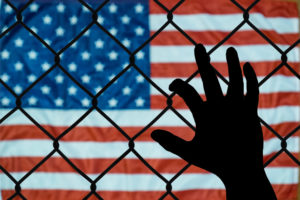



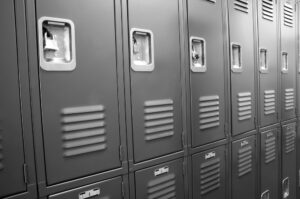
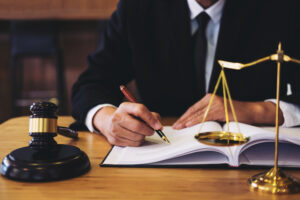
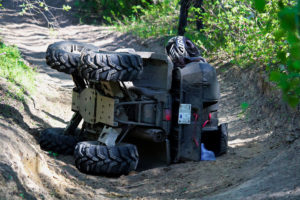
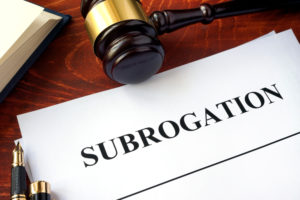
Comments for this article are closed.